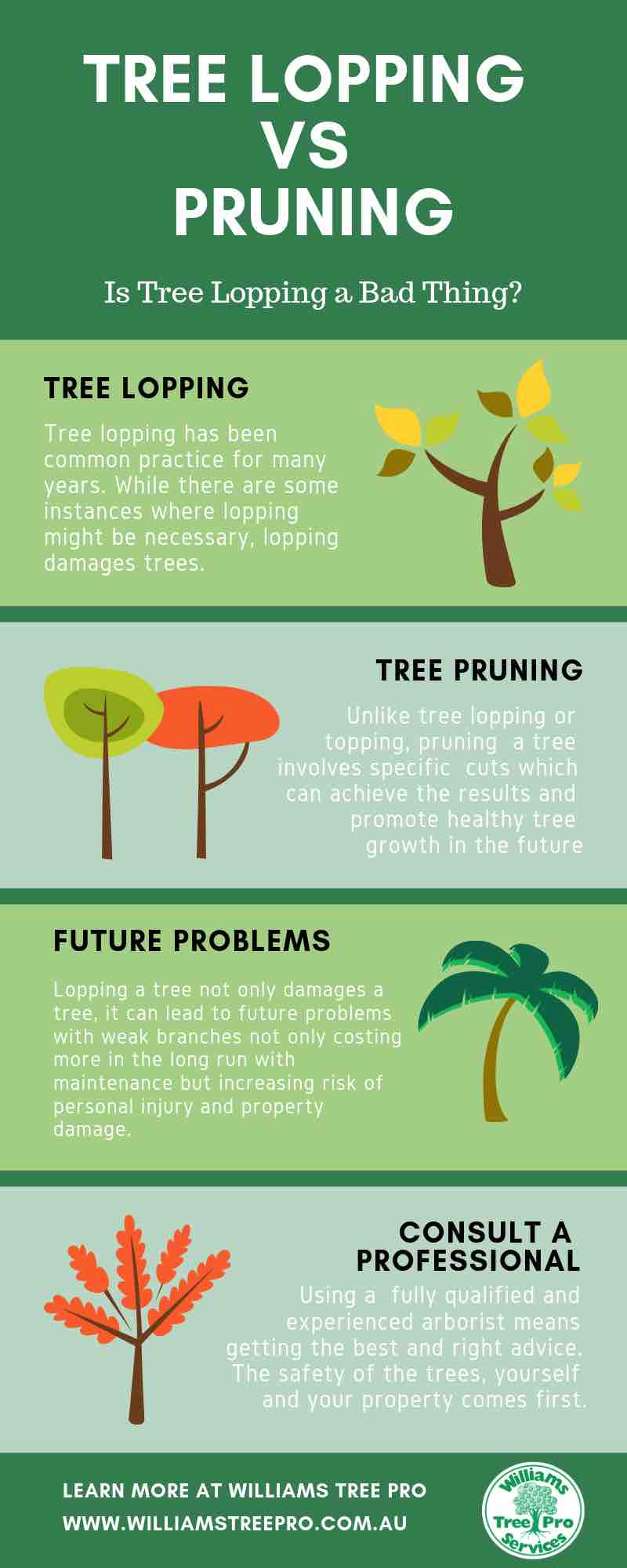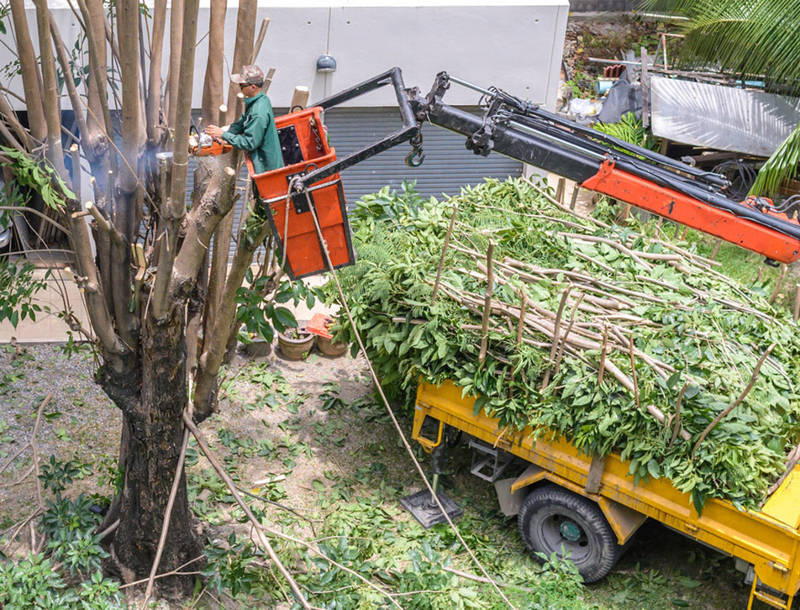How to Do Proper Tree Trimming
[ad_1]
Proper tree trimming techniques can help you get the desired results, while still preserving the integrity of the tree. Young branches are easier to manage and pose fewer risks of causing ugly scars. To learn how to do proper tree trimming, follow these tips: space out lateral branches equally, and cut branches that cross other branches.
Crown reduction
Crown reduction is a vital aspect of tree care. It can reduce the amount of decay that can occur on the tree and improve its aesthetics. It can also reduce the chance of parasite infestation. A tree that has been trimmed for a crown reduction will recover from the cut better and be able to withstand high winds.
This technique involves pruning lateral branches to a size that is about 30% smaller than the parent branch. The goal is to make the lateral branch dominate the tree, but not so large that it will produce multiple weak shoots. Alternatively, the lateral branch should be a third the size of the parent branch.
Crown reduction after tree trimming is a necessary part of tree care. It helps reduce the overall size of the canopy by cutting back branches evenly throughout the crown. It also helps reduce the risk of diseases by removing deadwood and crossing branches. It can also help reduce wind resistance and prevent the spread of roots. It can also help control the size of a tree in an environment with limited space.
Crown cleaning
Crown cleaning is an important aspect of tree maintenance. It involves the removal of dead limbs, debris, and unwanted climbing plants from a tree’s crown. This process helps the tree maintain a more uniform appearance and reduces the risk of falling limbs. It can also help to eliminate disease. But not all dead wood should be removed from a tree. While some dead wood is beneficial to many species, it can also be harmful, posing a risk to people or property.
In some cases, crown cleaning is necessary in order to prevent the growth of diseased or dead branches, as well as the development of insect problems. The process of crown cleaning also helps to improve air circulation in the tree. Moreover, it can make the tree healthier by increasing the amount of sunlight it receives.
Crown cleaning after tree trimming is a simple way to improve the overall health of a tree. It involves the removal of dead, diseased, and weak branches. It is an important part of maintenance pruning, and should be done on a regular basis.
Structural cuts
Tree trimming involves making structural cuts to reduce a tree’s overall size. Most often, this is done to reduce an overgrown tree’s size in a specific location. The removal and reduction cuts are useful for a variety of purposes, including line-of-sight concerns, utility vegetation management, and risk mitigation.
A reduction cut reduces the size of branches in the lower 20 feet of a tree’s trunk. This allows more sunlight to reach the lower part of the trunk. The branches in the lower 15-20 feet should be kept smaller than half the trunk diameter. When trimming an older tree, the same procedure is used.
A structural cut encourages a strong tree’s structure by removing branches with poor structure. It also discourages double stem growth and reduces the chances of splitting. This type of pruning is most common on older trees with structural problems. An estimator will assess the type of pruning you need based on the factors you wish to achieve. Then, he or she will recommend an annual service plan.
Thinning the crown
Thinning the crown of your tree can be an effective way to improve the health and appearance of your tree. Thinning the crown helps to increase the amount of sunlight that can reach the interior of the crown and improve light levels through the canopy. Thinning the crown also helps to reduce the weight of a tree, which can help protect it from the damaging effects of high winds.
Thinning the crown of your tree can be done in a variety of ways. In the most basic of cases, this involves removing dead, decayed or diseased limbs. This improves the structural integrity of your tree. In addition, if you have trees that are too close to a building or over a power line, crown thinning can help prevent the spread of disease.
While thinning the crown may seem like an insignificant part of tree maintenance, it is a vital part of your tree’s health. By opening up the canopy, more light can penetrate the tree’s crown and benefit the magnolia below it. In addition, proper thinning helps to preserve the natural shape of your tree.
[ad_2]


